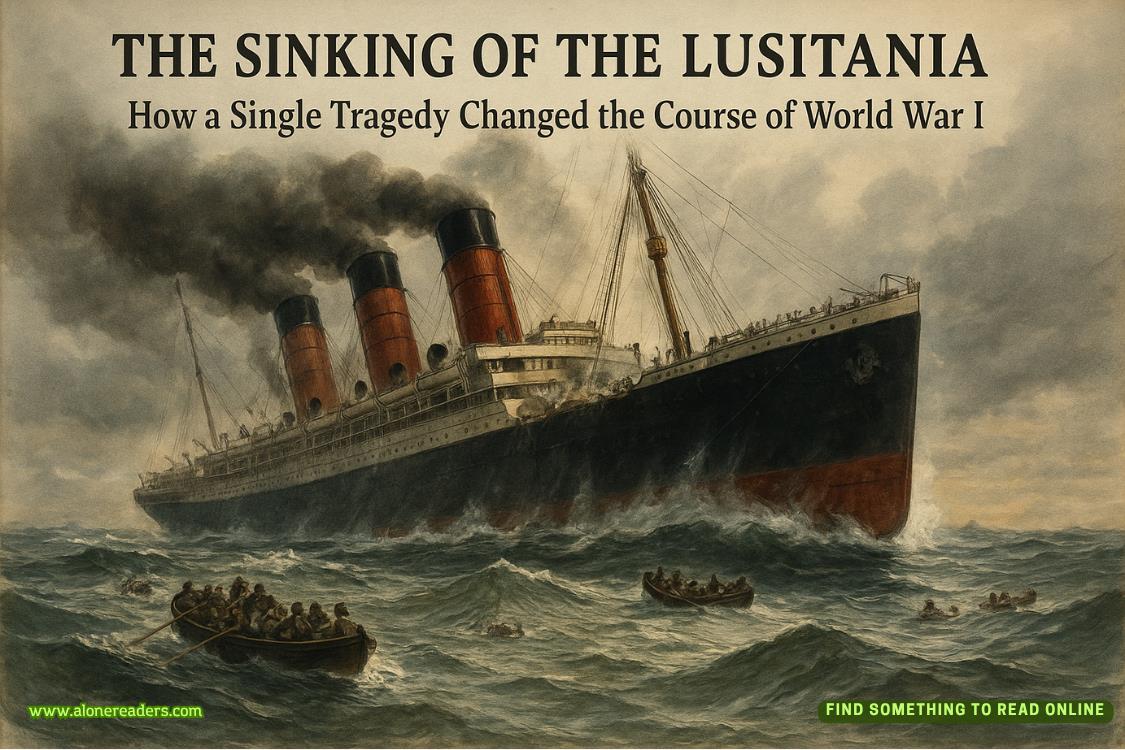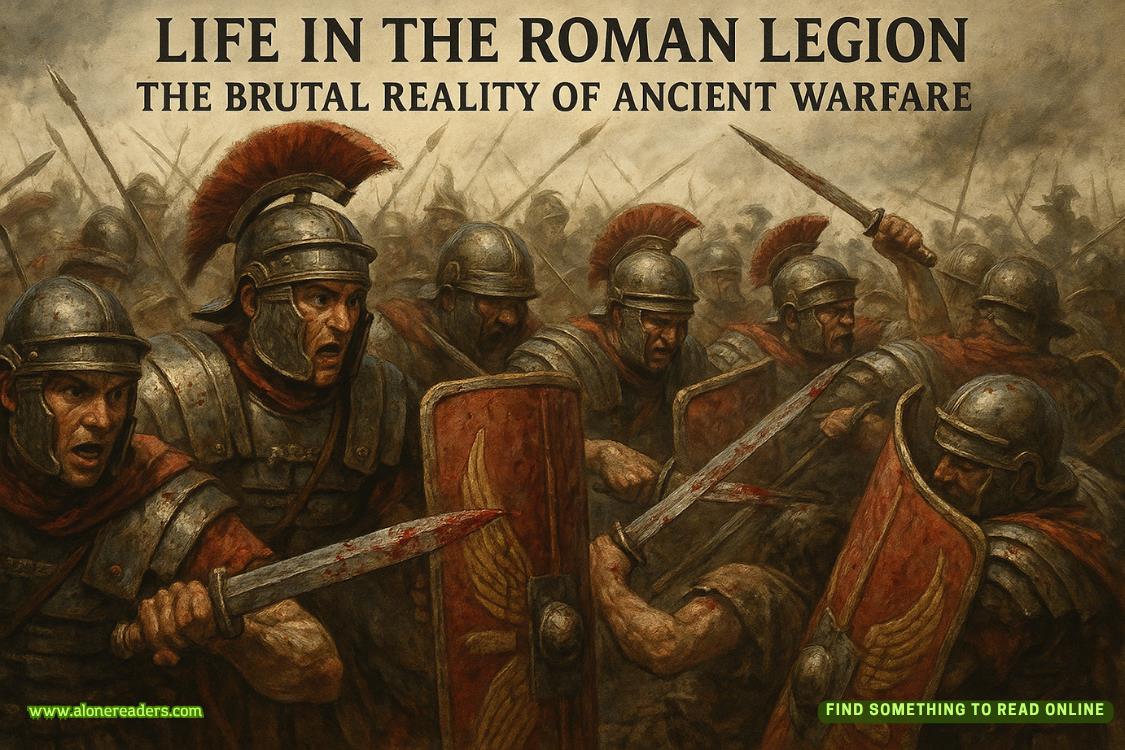Page 16 of Outbreak Protocol
"We're doing everything we can to make sure that doesn't happen," Erik says. "Your wife's story—what you've told us today—it's helping us understand how to protect other families."
Outside the apartment building, Erik runs his fingers through his sandy hair—a gesture I'm beginning to recognize when he's processing difficult information.
"Forty-three potential contacts from just one case," he says, reviewing his notes. "The fish market alone represents exponential exposure possibilities."
"Klaus will need grief counseling," I add. "And Frieda’s showing signs of depression. They'll need follow-up care even if they don't develop symptoms."
Erik glances at me, and I catch something shifting in his expression. "You see the whole picture, don't you? Not just the epidemiological data."
"That's why I left pathology," I find myself saying. "Deadpatients tell you about disease processes, but they can't tell you about hope. Living patients—living families—they need more than just diagnostic accuracy."
We walk toward our next interview, past the elementary school where three teachers fell ill. The afternoon light catches those silver threads in my hair that I'm probably too young to have, but emergency medicine ages you faster than office work.
"What made you change specialties?" Erik asks.
The question surprises me with its personal nature. Erik strikes me as someone who keeps professional boundaries firmly in place.
"I spent two years looking at tissue samples and autopsy results," I tell him. "Brilliant work, important research which fascinated me, but I realized I needed to save lives, not just understand how they ended. There's something about being able to help someone walk out of the hospital that pathology could never give me."
"That must have been a difficult transition."
"Terrifying, actually. Starting over in a new specialty, learning emergency procedures, dealing with living patients instead of microscope slides. But it felt right in a way pathology never did."
We reach the school, a modern building with bright murals painted by students across the exterior walls. The principal, Frau Weber, meets us at the entrance.
"The teachers who became ill—they all worked in the same wing?" Erik asks, already pulling up building schematics on his tablet.
"The second floor, yes. Primary grades. Herr Bachmann, Frau Kleine, and Frau Merkel. All within a week of each other."
As we tour the affected classrooms, Erik's analytical mind maps airflow patterns, shared spaces, common break areas. I notice the children's artwork still covering the walls, the small desks arranged in cheerful clusters, the reading corner with its colourful cushions.
We step back into the hallway, which is now crowded withanxious parents who've heard about our visit. I instinctively place a hand on the small of Erik's back, a firm but brief touch to guide him through the throng. "This way," I murmur.
He stiffens for a second under my hand, a reflexive tightening I can feel through his starched shirt, clearly unused to such casual contact. But he doesn't pull away. He follows my lead, and the warmth of his back lingers on my palm for a moment after I let go.
"The children," I ask Frau Meyer. "How are they handling their teachers' illnesses?"
"Some are frightened. Others don't fully understand. We've brought in counselors, but it's difficult to explain something we don't understand ourselves."
Erik pauses in Herr Bachmann's empty classroom, studying the ventilation system. "Shared air circulation could explain the clustering pattern, though that would imply this was airborne which we haven't seen other evidence of. But we need to understand the index case—who became ill first, and how the pathogen entered this environment."
"Herr Bachmann fell ill first," Frau Meyer confirms. "He's been here twelve years, excellent teacher. The children adore him. He mentioned feeling unwell on a Friday, called in sick Monday, and was hospitalized by Wednesday."
I watch Erik input this information, but his eyes linger on the classroom's reading corner where student projects about "My Hero" cover a bulletin board. One features a drawing of Herr Bachmann with the caption "My teacher helps me learn new things every day."
"The personal connections matter," I say quietly to Erik as we leave the school. "These aren't just transmission vectors—they're teachers who shaped children's lives, vendors who knew their customers by name, mothers who came home with harbour stories."
Erik stops walking and looks at me directly. "You're right. I've been thinking about case numbers and transmissionpatterns, but every statistic represents someone's life disrupted or ended. It's difficult to detach myself from the numbers, working with numbers day to day tends to make you disconnect from the people behind the numbers."
The admission surprises me. There's vulnerability in his pale blue eyes that wasn't there this morning.
Our next stop is the apartment building where four residents on different floors all became ill within days of each other. Erik immediately focuses on the building's infrastructure—elevator systems, shared ventilation, common areas that could facilitate transmission.
I notice other details: the elderly woman in 3B who peers nervously through her door chain, the mother in 2A who won't let her children play in the courtyard anymore, the building manager who's received dozens of calls from worried residents.
"People are scared," I tell Erik as we examine the building's air circulation system. "Fear spreads faster than any virus."
"But panic could actually help with containment," Erik replies, then catches himself. "Sorry, that sounds terribly callous. I meant that heightened awareness leads to better hygiene practices and social distancing behaviours."















